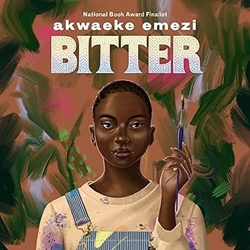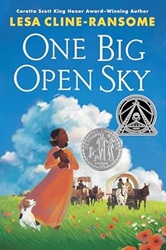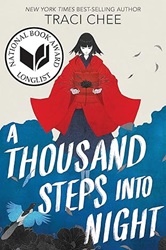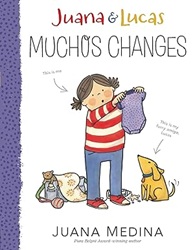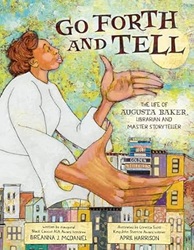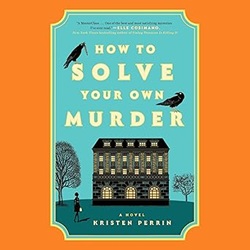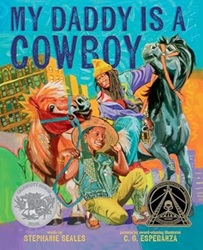Review of The Woman Who Split the Atom, by Marissa Moss
The Life of Lise Meitner
by Marissa Moss
Abrams Books for Young Readers, 2022. 264 pages.
Review written January 8, 2025, from a library book.
Starred Review
2025 Mathical Award Honor Book, Grades 6-8
I read this book specifically to consider for the Mathical Book Prize (so I’ll wait to post this review until after our winners are announced) – and I put off reading it because the cover didn’t grab me. Oh my goodness, I was completely unprepared for how gripping this true story is!
It’s the story of Lise Meitner, a woman who loved nothing more than doing physics – at a time when women had to fight to be allowed to do science at all. She was Austrian, and one of the few women to attend the University of Vienna in 1901. She went on to become only the second woman to get a PhD there, and the first in Physics. But her next battle was finding a place that would hire her – or even let her work in a lab for free. That’s what she ended up doing in Berlin, still publishing scientific papers and doing translation work, until she finally got a small salary at the newly opened Kaiser Wilhelm Institute in Berlin.
Meitner did most of her work collaborating with Otto Hahn, a chemist. He would do the chemistry part, and she would tackle the physics, as they worked with radioactivity and transuranic elements. Even though there was always a tendency for her contribution to be ignored because she was a woman, she was happy to have the chance to work. This was all interrupted by World War I. Meitner unhappily went to work with x-rays on the front with the Austrian army, while Hahn developed chemical weapons for Germany.
After the war, Meitner happily went back to work with what she cared about most – doing physics. But as Hitler rose to power, more and more backlash developed against Jews. Meitner was a Jew, but had been baptized as an adult, and didn’t practice any religion. She didn’t give the Nazis lots of thought. “She never once considered leaving her home over stupid politics.”
It was interesting reading this section the same time I was listening to the audiobook of In the Garden of Beasts, by Erik Larson, about the rise of Hitler. I hadn’t realized this all started in 1933. Meitner kept right on ignoring the situation, and finally just barely made it out of Germany – without her equipment – in 1938. She again had trouble finding a place to work, but did some work in Stockholm, near her nephew Robert Frisch. He worked together with Meitner as she looked over the strange results of Hahn’s experiments that he had sent to her, telling her he was going to publish as a failure.
Well, Meitner and Frisch took a closer look, did the math, and realized that the uranium atom was splitting and giving off energy. But even though she wrote up her thinking – Hahn ended up getting the credit.
But then came the debate about whether this energy could be harnessed in a bomb. Meitner was in the middle – hiding from German scientists what allied scientists were figuring out might be possible. But she only wanted this work harnessed for peaceful purposes, and when she was asked to join the Manhattan Project, she refused. Years later, when a reporter called her “the Mother of the Bomb,” that made her cry. And she worked all her life for peaceful uses of nuclear energy.
That summary just gives an idea of all the big parts of history this woman lived through and how much she had to struggle to even get to do her work, let alone get any credit for it. Each one of the 39 short chapters has a one-page cartoon dramatizing an event to lead off that chapter, and it does help pull the reader along. I had thought reading this book would be a chore, but it turned out to be hard to put down, and when I did manage to put it down, I kept thinking about it and eagerly went back to it.
[As for Mathical: At this point I don’t know what the committee will decide. If this book does not become an honor book, it’s not for any lack in the story. But something our committee always has to grapple with is this: Is it Mathematical enough? Lise Meitner was a physicist, not a mathematician, but it was her mastery of math that was fundamental in her calculations that the uranium atom had split. So we’ll see what the committee decides….] [And obviously, it did decide to include this book.]
One more note before I post: Although this book is listed as a juvenile biography, it’s also listed as for ages 11 to 15. I’m going to start listing books for upper elementary and middle school on my Teen Nonfiction page, to help them stand out from the many nonfiction picture books that dominate my Children’s Nonfiction page. So this is going to be a book on the younger end of Teen Nonfiction rather than the older end of Children’s Nonfiction. And teens will certainly enjoy it, too. A story of a woman overcoming all kinds of obstacles and prejudice and changing the world.
Find this review on Sonderbooks at: www.sonderbooks.com/Teen_Nonfiction/woman_who_split_the_atom.html
Disclosure: I am an Amazon Affiliate, and will earn a small percentage if you order a book on Amazon after clicking through from my site.
Disclaimer: I am a professional librarian, but the views expressed are solely my own, and in no way represent the official views of my employer or of any committee or group of which I am part.
What did you think of this book?

